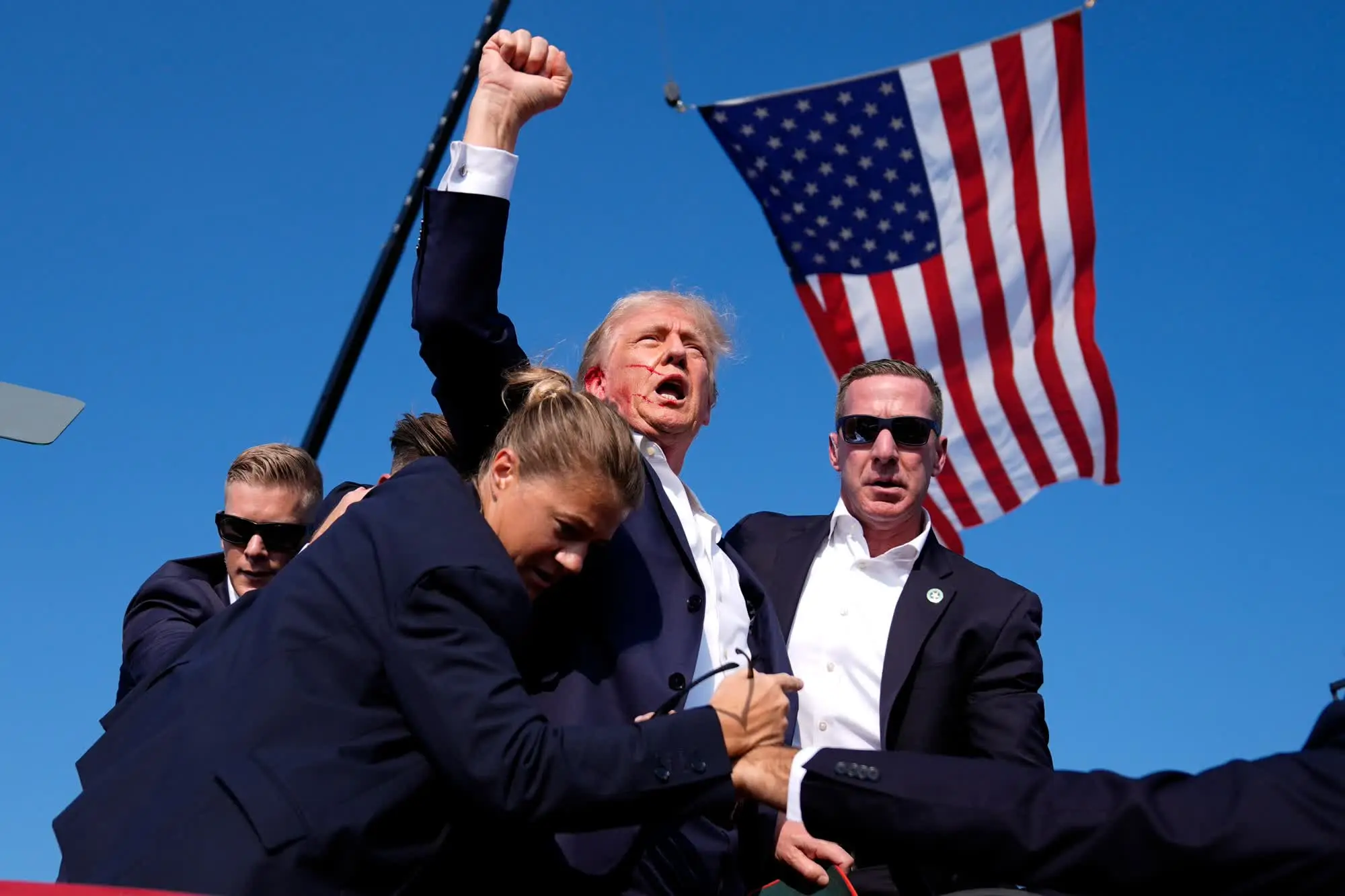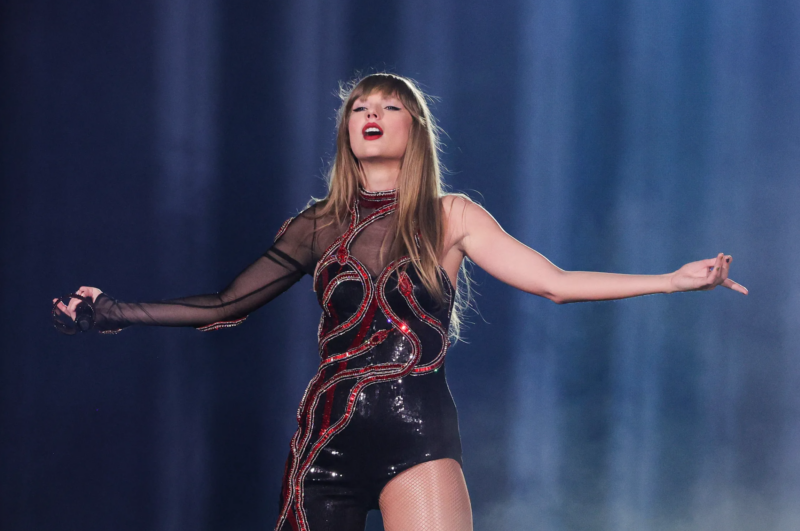Trump and conspiracy theories
The recent Trump assassination attempt highlights how quickly conspiracy theories can grow, a trend escalating over recent years. News has been democratised, and everyone with a social media account is a broadcaster, without a filter or fact check.
To start, here’s a (long) wikipedia list of ‘conspiracy theories promoted by 45th (and next?) President of the United States Donald Trump – and I note the questionable reliability of wikipedia.
Below is a video of conspiracy theories from the Trump assassination attempt, including targeting the wrong person with same name.
Conspiracy theories often arise in the aftermath of significant, shocking events as people seek to make sense of what happened.
When an incident lacks immediate, robust evidence or authoritative explanations, the void is often filled by speculative and unfounded theories. This phenomenon is driven by a combination of psychological and social factors:
1. The Need for Explanation
Humans have an inherent need to understand their world, especially in times of uncertainty or crisis. When official news is slow to provide answers, people turn to alternative explanations, even if these are not based on verified facts. The immediate absence of detailed information following the Trump shooting created a fertile ground for speculation and conspiracy.
2. Pattern Recognition
Our brains are wired to recognise patterns and make connections, even where none exist. This can lead to the acceptance of conspiracy theories as they provide a seemingly coherent narrative out of chaotic or incomplete information. In the case of the Trump shooting, the abrupt nature of the event and the lack of immediate details prompted people to connect the incident with existing narratives of political rivalry and subterfuge.
3. Social Proof
Social media amplifies the spread of misinformation through the concept of social proof. When people see a claim being widely shared or endorsed by others, they are more likely to believe it and share it themselves, regardless of its veracity. This creates a feedback loop that solidifies false narratives into perceived truths. The rapid spread of conspiracy theories blaming President Biden exemplifies how quickly social proof can transform speculation into widespread belief.
4. Confirmation Bias
People tend to favor information that confirms their preexisting beliefs and ignore information that contradicts them. This bias can lead individuals to readily accept and propagate conspiracy theories that align with their political views or suspicions, further entrenching misinformation.
“Why did the shooter do this? How could the Secret Service have failed like this? Who’s really behind it? When there’s an information void like this, people will naturally turn to explanations like conspiracy theories to fill that cognitive gap.” PeakMetrics July 2024, more >
In this era of fake news and even ignorance it is worth reflecting on the importance of well considered and careful research, be this in the news services with trust and/or the evidence used to guide decisions.




